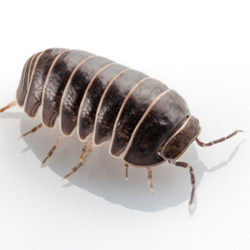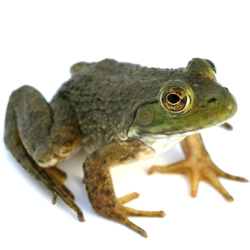Do you know the difference between pill bugs and sow bugs? Both are terrestrial crustaceans and look quite similar. However, pill bugs, also called “roly-polys,” roll up as protection and sow bugs can’t do this. Both, however, do the same damage in the garden.
These destructive garden dwellers prefer to inhabit moist dark areas. They eat bacteria and fungi from decaying plant material. This causes plant damage when the decaying matter is on the roots of a plant. Juicy emerging seedlings and young plants can also appear on the menu.
Fortunately, it’s easy to control these pests. Simple environmental controls may be all that is required. As these pests prefer to be in dark moist areas, eliminate those by raising or hanging pots, put supplies on shelves and remove all leaf litter. Putting thin mesh wire over drainage holes protects plant roots. Eliminate greenhouse entry by caulking cracks near the ground and weather-strip the door.
Other control methods:
- Natural predators include small mammals, frogs and toads.
- Traps are effective and easy. An upside-down cantaloupe or hollowed potato is irresistible.
- A lightly infested plant and pot should be completely immersed in a bucket of water for 15 minutes.
- A heavily infested plant should be removed from the pot and replanted in a well-scrubbed pot after a thorough washing of the roots. Dispose of the soil in the garbage, not the compost pile.
- Neem oil is an environmentally friendly biopesticide derived from a tree. It is effective against this group of “uglies” when applied as directed.
- Monterey’s Sluggo Plus is an OMRI listed product that uses iron phosphate and Spinosad, a naturally occurring soil dwelling bacterium, as it’s active ingredients.
- Diatomaceous earth, sprinkled on the soil surface, is another green friendly method of sow & pill bug control.








